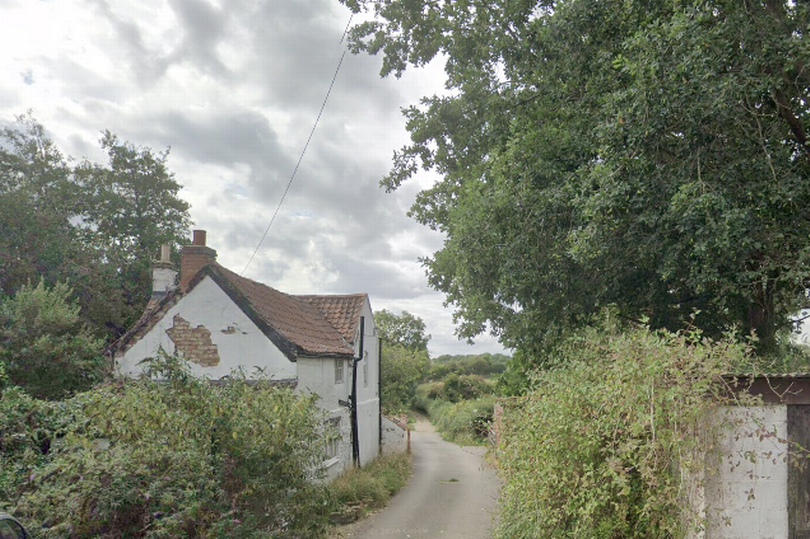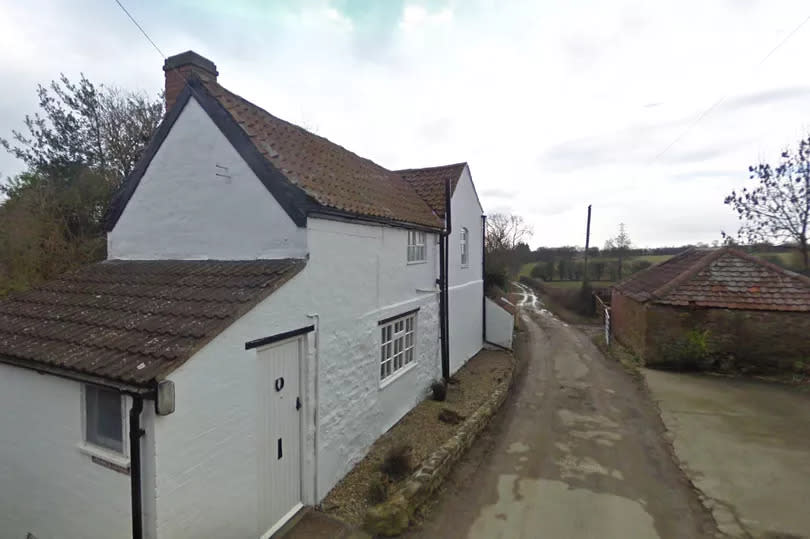Anger as centuries-old cottage in line for bulldozer

A centuries-old Leicestershire cottage could be destined for the bulldozer, sparking concerns over building work on a narrow lane and the loss of countryside views. The White Cottage has stood in Scalford, near Melton, since roughly 1750, but a company now wants to knock it down and replace it with a modern house.
Plans were submitted last year to Melton Borough Council by building supply company FC Measom Ltd to demolish the building in South Street, claiming that renovating the cottage would not be as "commercially" financially viable as flattening it and building in its place "an attractive, three-bedroom residential property” with a detached garage and car port on a site opposite the house.
A decision has not yet been made by the council over the future of the cottage, but FC Measom recently submitted redesigned proposals showing a slightly bigger house. The changes have not appeased Scalford Parish Council, however, which opposes the scheme for a number of reasons and has cited the council's conservation officer's concerns over the possible loss of the building. Angry villagers have also objected, particularly to the potential impact of construction work and the scale of the garage.
READ MORE: Solar farm plans for village expected 'shortly'
Planning documents state that the house has “fallen into disrepair” and “is not in a liveable state”. The applicant said its proposal “would bring the site back into use”.
One objector said: "Effectively, it turns a very narrow country lane into a housing estate" They added: "The demolition and building works necessary to complete this application will inevitably block the lane for extended periods, causing massive disruption to neighbours and blocking the frequent use of the lane by farmers' tractors and machinery."
Another said: “I broadly support the redevelopment of White Cottage, but have real concerns with the scale of the two-storey garage development. The height of the two-storey garage, where currently no structure exists, is wholly out of scale with the other structures around it and visually and physically constricts Mucky Lane/South St looking up to the village centre within this conservation area.”
A third objector claimed the house had been left empty for the past few years and "allowed" to decay. "I think the local authority should consult Historic England before allowing any changes to take place,” the objector added. “I am sure that if this property were to go on the market, somebody would buy it and renovate it. This would seem a much more sensible route to explore.”
The council’s own conservation officer has recommended approval be refused, saying that one of the application documents “purposefully omits” discussion about the cottage’s historic and architectural value. He also said the impact of the new building would be “unduly harmful” and cause changes to the views along the street that would be unacceptable. But he praised the choice of "high quality" materials selected for the new house, and recommended the applicant “does more work on the historic and architectural significance of the building and seek to form a stronger justification for its demolition”.

Following the submission of the redesigned plans, Scalford Parish Council's clerk confirmed to the borough council it still wished to object to the scheme, reiterating its concerns that “the extended garage is too long and tall and blocks the view from the house adjacent to it”, and referencing the conservation officer’s reservations.
Planning documents filed on behalf of the applicant read: “The existing property has fallen into disrepair, is suffering from significant damp issues, and is in need of substantial upgrading and refurbishment to bring the property back into suitable use. Commercially, this would not be as financially viable as replacing the dwelling in its entirety, and in so doing, replacement would also allow the applicants to achieve much better standards of good design that would otherwise be compromised in favour of restoring historic fabric, which in this case, is not felt to be warranted when weighed with the limited level of contribution the property has to its surroundings.
“The property is currently vacant, and is not in a liveable state. These proposals would bring the site back into use as an attractive three-bedroom residential property with detached garage. By demolishing and rebuilding a dwelling on this site, the fabric would be much better performing than the existing, to meet building regulations. This means the property would be future-proofed for generations to come.”
Try the new Leicestershire Live premium app experience for free and read our content with no ads

 Yahoo News
Yahoo News 
